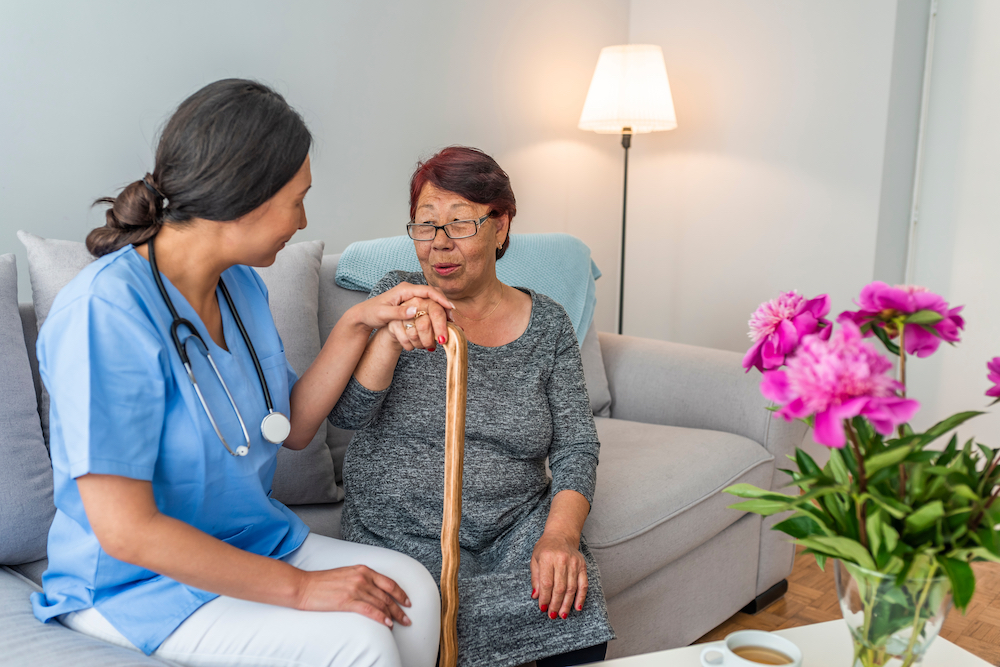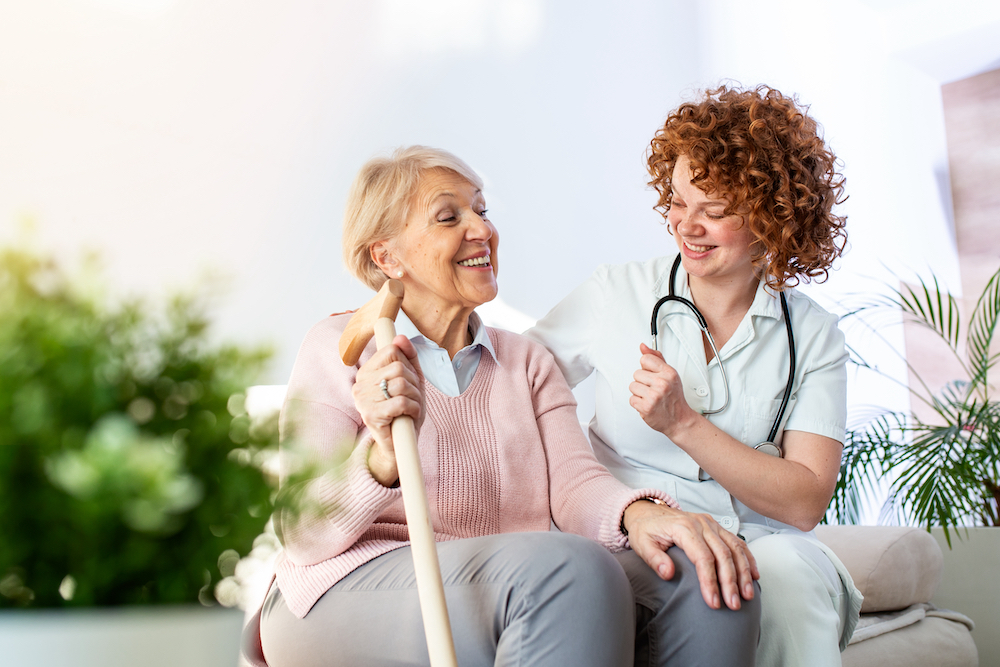A senior loved one’s safety is typically the driving force behind the decision to place them in an assisted-living facility. Older adults who can no longer take care of themselves may be best served by moving to an assisted-living facility, where medical treatment and physical protection are guaranteed. Assisted living facilities are equipped with various safeguards, some of which are required by state and federal regulations, others of which are the result of individual rules.
Here are the ways senior living communities keep their residents safe:
Support, Care, and Services Available at All Hours
Shower rails and stairways and the relocation of bedrooms to the main floor and medical alert systems are all required if you want to remain at home rather than transfer into a senior living facility. By moving into a senior living facility, seniors receive instant access to a facility intended to accommodate their needs. With on-site educated and experienced professionals, people can prevent accidents and get help if they need it, 24 hours a day.
Assisted Mobility
To participate in social events, exercise programs, or courses, residents do not have to drive anywhere while living in an assisted living facility. For shopping and other trips, seniors in a senior living complex may use the facility’s transportation or depend on friends, family, or the public transit system. In addition, there are parking places available for those residents who can still drive and would prefer to go out on their own.
Bathroom Safety
Many facilities integrate safety elements like non-skid bathtub surfaces, built-in grab bars beside the shower, and storage located at mid-level.
Kitchen Safety
Besides offering units with kitchens tailored to the needs of the elderly, many senior living communities have dining halls and meal plans available. A chef or housekeeper can handle the cooking and cleaning, so you don’t have to worry about it.
Safety Stairs and Hallways
Senior living complexes often include spacious halls, well-lit spaces, and non-slip floor coverings. In addition, elevators and railings are often seen throughout the facility.
Seniors Looking Out for Each Other
Most senior living facility residents wear an emergency button or pull cord around their necks so that if something were to happen, assistance would come quickly. However, one of the most crucial parts of a senior living facility’s safety is the community itself. It’s about being with people who know you and can sense when you’re not there. Locals look out for one another.
Safety Measures Against Falls
Senior facilities such as independent living in Oceanside, CA monitors and adjusts medication to decrease side effects such as dizziness and tiredness to lower the risk of elders falling. They also provide excellent care for their residents’ long-term and short-term medical needs. Low blood pressure, arthritis, Parkinson’s disease, and various other disorders can increase the likelihood of a fall. Falls near the bed, especially in the bedroom, are seniors’ most frequent accidents. It is likely that they have low blood sugar and are unaware of it, causing them to fall.
Memory Care
In 2015, more than five million Americans had dementia, according to the Alzheimer’s Association. A memory care community may be the safest option if your elderly loved one has been diagnosed with Alzheimer’s. They give the excitement, nourishment, and safety that older adults with cognitive impairment need.

Wandering
Wandering into dangerous areas or leaving the institution – known as an elopement in the industry – is a severe issue for individuals with Alzheimer’s disease or other kinds of dementia. As with falling, each resident’s risk of straying is analyzed and planned for appropriately.
- Security equipment is one method of preventing wandering and elopement. All entrances and exits have cameras and security systems.
- Monitoring. Facilities are examining common facilities as well as inhabitants’ flats or rooms.
- Entrances and exits must be secure. For example, memory care units are locked and have doors that need specific codes.
Infection Prevention
Seniors are at a high risk of severe infection complications – and this was true before COVID-19. Infections like the flu, colds, and pneumonia may spread fast at a senior living facility. Of course, the coronavirus pandemic has aggravated the issue. It has been tough to keep folks socially isolated. Other infection control measures, luckily, are very much in place:
Hygiene
For years, these institutions have followed the same routine: frequent hand-washing, sneeze/cough control, and stringent cleaning rules.
Personal Safety Equipment
Face masks and other kinds of protective equipment are now necessary.
Outbreak Prevention
Family members are not encouraged to visit the facility during the pandemic owing to stricter safety protocols in-placed. Visitors and employees must go through mandated virus protection procedures and safety protocols to lower the risk of infection and transmission among staff and residents. If an outbreak occurs, the team will isolate those suffering from symptoms in a single facility area. They will also encourage loved ones to communicate with them via phone or video chat.
Testing
During the coronavirus pandemic, staff and residents are tested for the coronavirus every week, as recommended by the CDC.
Assisted Personal Grooming
It becomes more challenging to maintain good personal hygiene as we get older. Staff at a senior living home can give seniors safe personal care in the privacy of their rooms. Many senior facilities provide weekly visits to a hair and beauty salon.
Residents of independent living in Oceanside, CA, may have a better quality of life thanks to a wide range of activities, excursions, surroundings, and programs intended to keep them physically and socially active and engaged.
Check Out Bayshire
The options for senior living have expanded dramatically. The sterile, industrial atmosphere and inactive lifestyle of previous generations are no longer necessary for seniors relocating to these communities in today’s society. Traditional senior living facilities give way to senior independent living communities like independent living in Oceanside, CA – a welcome change for the elderly.
Those in healthy conditions who wish to preserve their freedom and busy lifestyles may now do so in senior living facilities that offer a wide variety of services and safer facilities. Your age no longer limits you to a life that’s exciting, interesting, and fulfilling.



